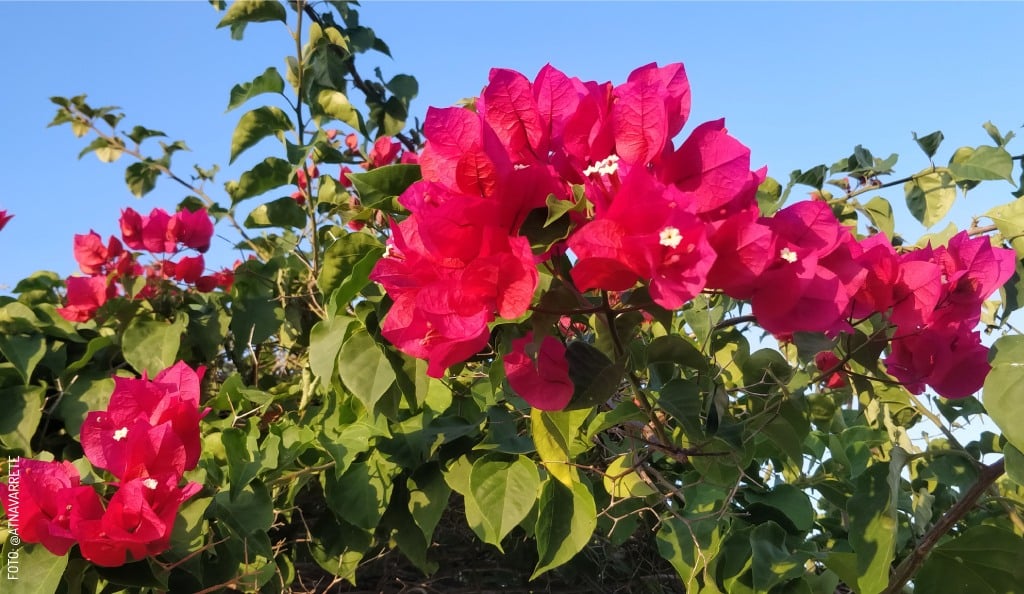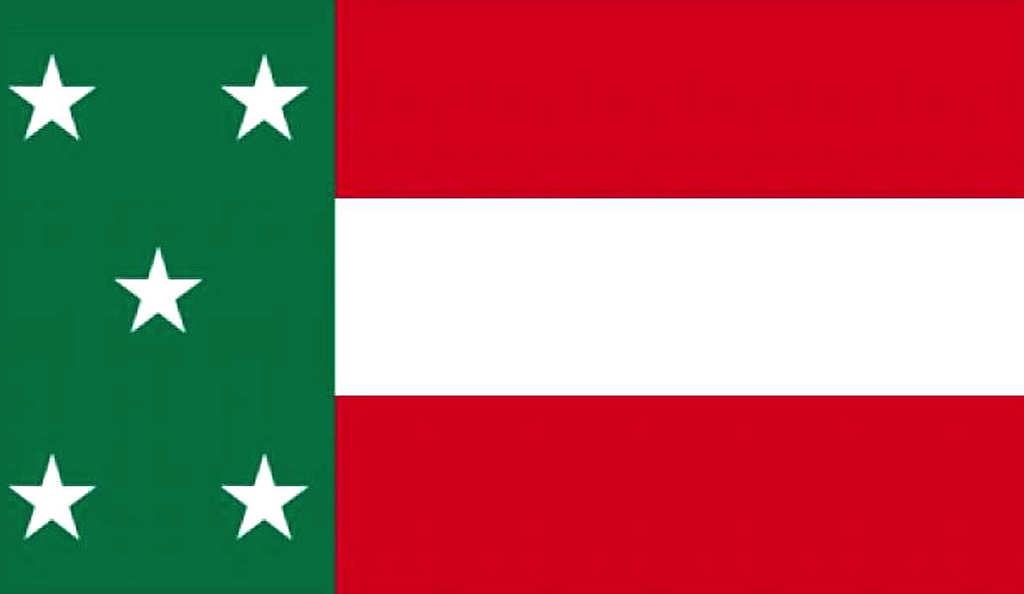
Yucatecan Spanish
Its Origins
In the Yucatanense Encyclopedia, Professor Alfredo Barrera Vásquez writes that it is possible that the first sound to be introduced by the conquerors was k'u, which was transformed into cu and was used to designate the indigenous temples of the New Spain.
He also mentions that the first geographical name, Catoche, came from a Maya expression. The name Cabo Catoche (the northeastern tip of the Yucatán peninsula), came about when on May 5th, 1517, the Maya invited Hernández de Cordova to get off his ship and come to land. They said ko'neex kotoch which means let's go to our houses.
The Investigation of the Maya Language of Yucatán, written by the above-mentioned author, he tells in detail that the first Europeans to speak Maya were Jeronimo de Aguilar and Gonzalo Guerrero. Both were survivors first of a shipwreck and then of run-ins with the Maya upon their arrival. Jeronimo de Aguilar remained single and did not mingle much in the daily life of the Maya, although he did help them.
Later on he returned to the heart of his culture, society, and religion in Spain. On the other hand, Gonzalo Guerrero joined the Maya community by marrying and having children, the first mestizos. At the same time he denied his upbringing and Spanish culture by joining the Maya in defending his new country, his patrimony and his family. There is a statue of Gonzalo Guerrero in the Mérida neighborhood named after him. The statue is located at the intersection by Sam's Club on Prolongacion Paseo de Montejo in the north part of town. The neighborhood named after him is between the Pemex station across the street from Sam's Club and Gran Plaza. He is remembered as being a defender of the Maya.
Yucatecan Spanish
The Maya language was basic in the conquest with all the translating that went on with La Malinche who spoke Nahua and Maya, Jeronimo de Aguilar who spoke Spanish and Maya, and Hernando Cortés who spoke Spanish and Maya. Cortés translated Spanish to Maya so that La Malinche could translate Maya to Nahua and vice versa.
In the thesis presented by the investigator Miriam Beatriz Ríos Meneses, to receive her BA in Maya Philology, she also dealt with this topic. Her thesis was published by the University of Yucatán Magazine. She wrote that the Spanish spoken in the state of Yucatán has a marked influence from the Yucatecan Maya, not only obvious in morphology and syntax, but also in sound, due to the existing differences between both languages. She also comments that this can be clearly heard when you hear a dialog between two Spanish speaking people and one is Yucatecan and the other not.
You will note that the Yucatecan has to make more of an effort to speak, and that they tend to lengthen the pronunciation of the accented vowels, and to change the typical intonation of Spanish. It is said that the Yucatecan speaks aporreado - or beaten.
According to statistics from 2005, 37.2% of the Yucatecan population speaks Maya. In comparison to other states that have large indigenous populations, the percentage of people in Yucatán that speak their native indigenous tongue is much higher than in other states of Mexico that have larger indigenous populations. And it is quite interesting to hear how the non-Maya Yucatecan people use many Maya words in their everyday talk.
Of the 1,955,577 inhabitants in the state (2010), a large proportion, without even knowing it, use Maya phrases, words and grammatical construction in their Spanish that has been influenced by the Yucatán Maya.
First published in Yucatán Today magazine in December 2012.
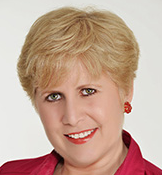
Author: Yurina Fernández Noa
Cuban journalist with a vast career at media like Diario Las Américas. Her expert, sensitive writing masterfully explores stories and traditions, unveiling diverse cultures.
Receive the latest articles and much more from the best of Yucatán in your email!
Related articles
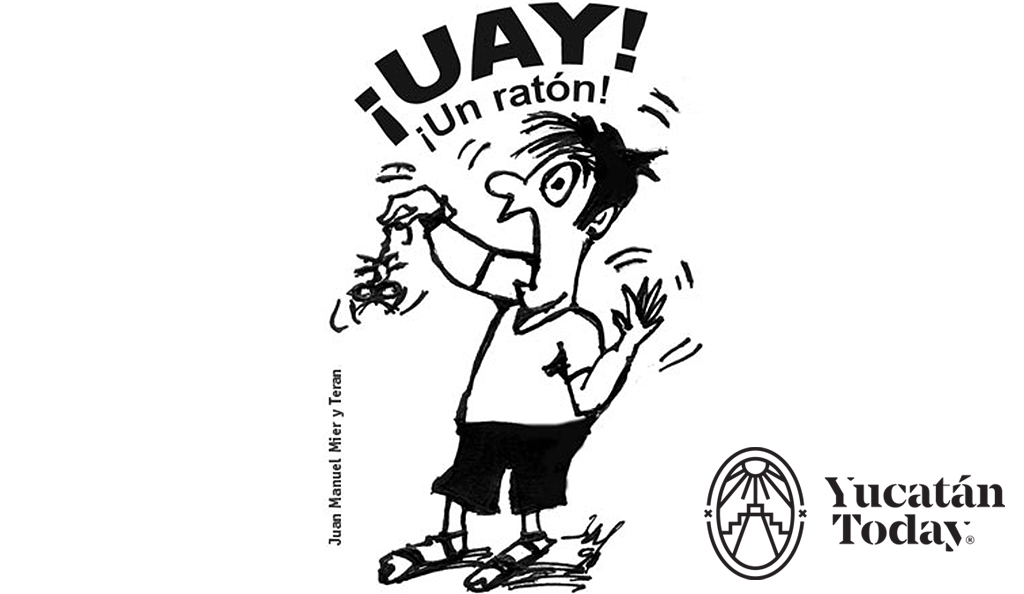
¡Uay!
Every Yucatecan, regardless of their academic, economic, or cultural level, in the face of any harsh physical pain, reacts with the interjection...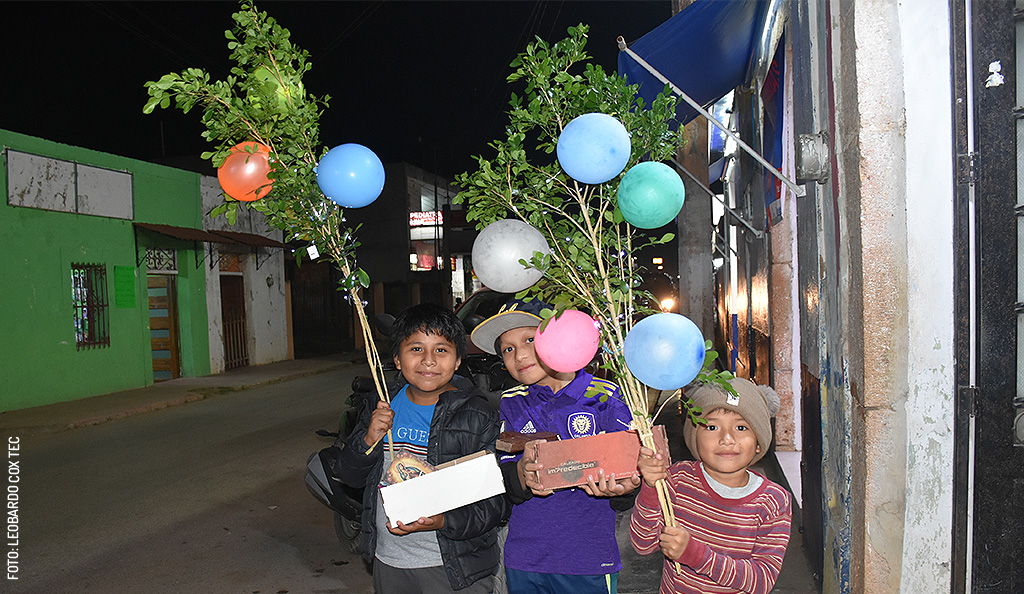
La Rama or Ramada: The Christmas Carol That Travels Yucatán
The Yucatan Rama: A Christmas tradition from southeast Mexico. Children sing carols with their decorated altar for a gift (aguinaldo). Learn its...